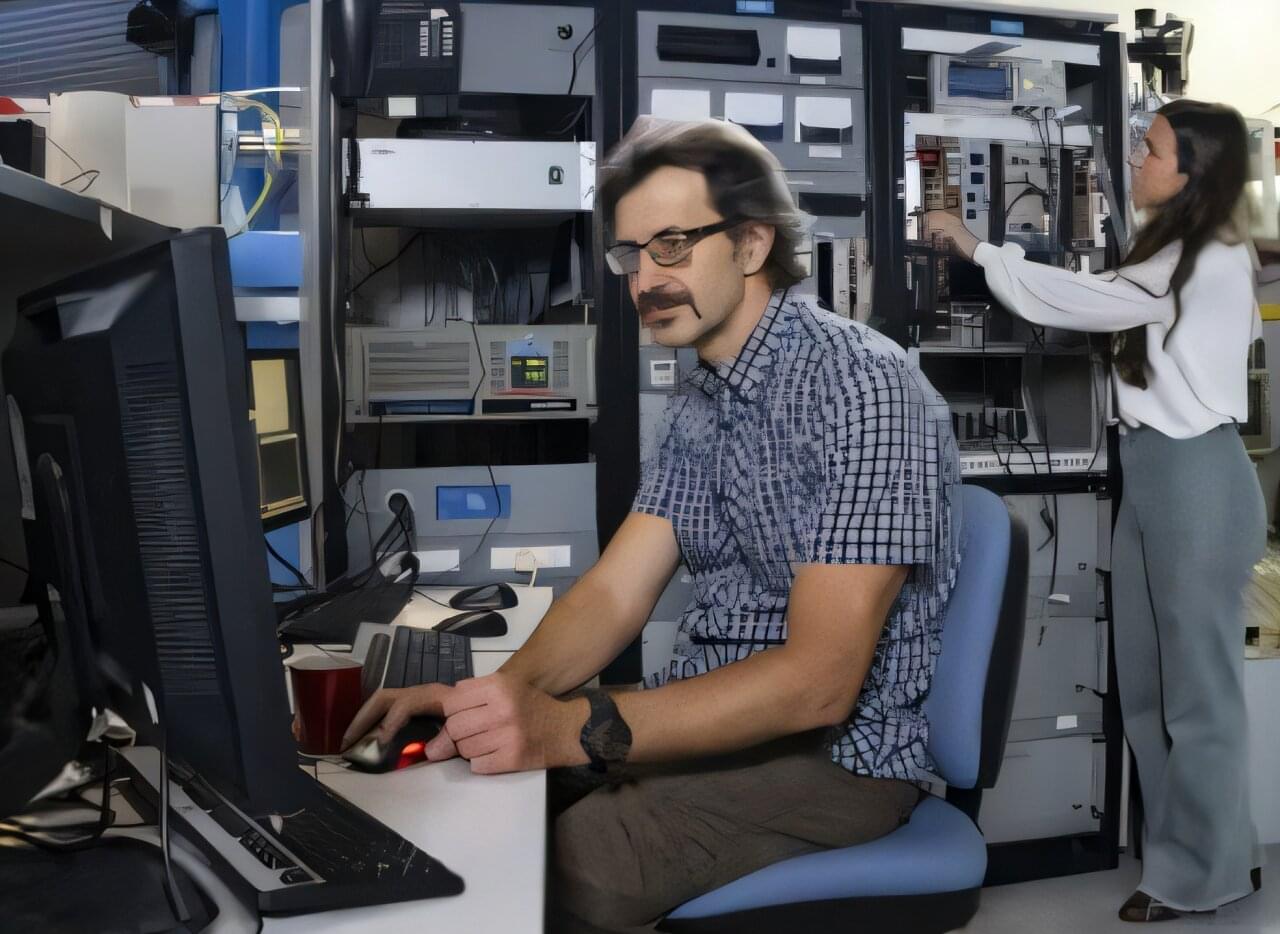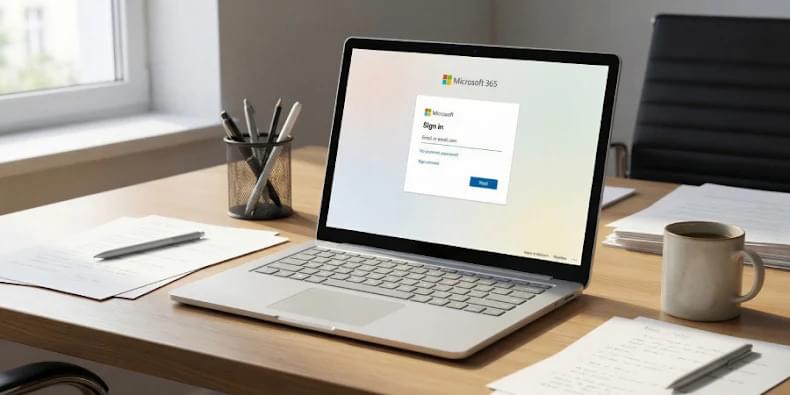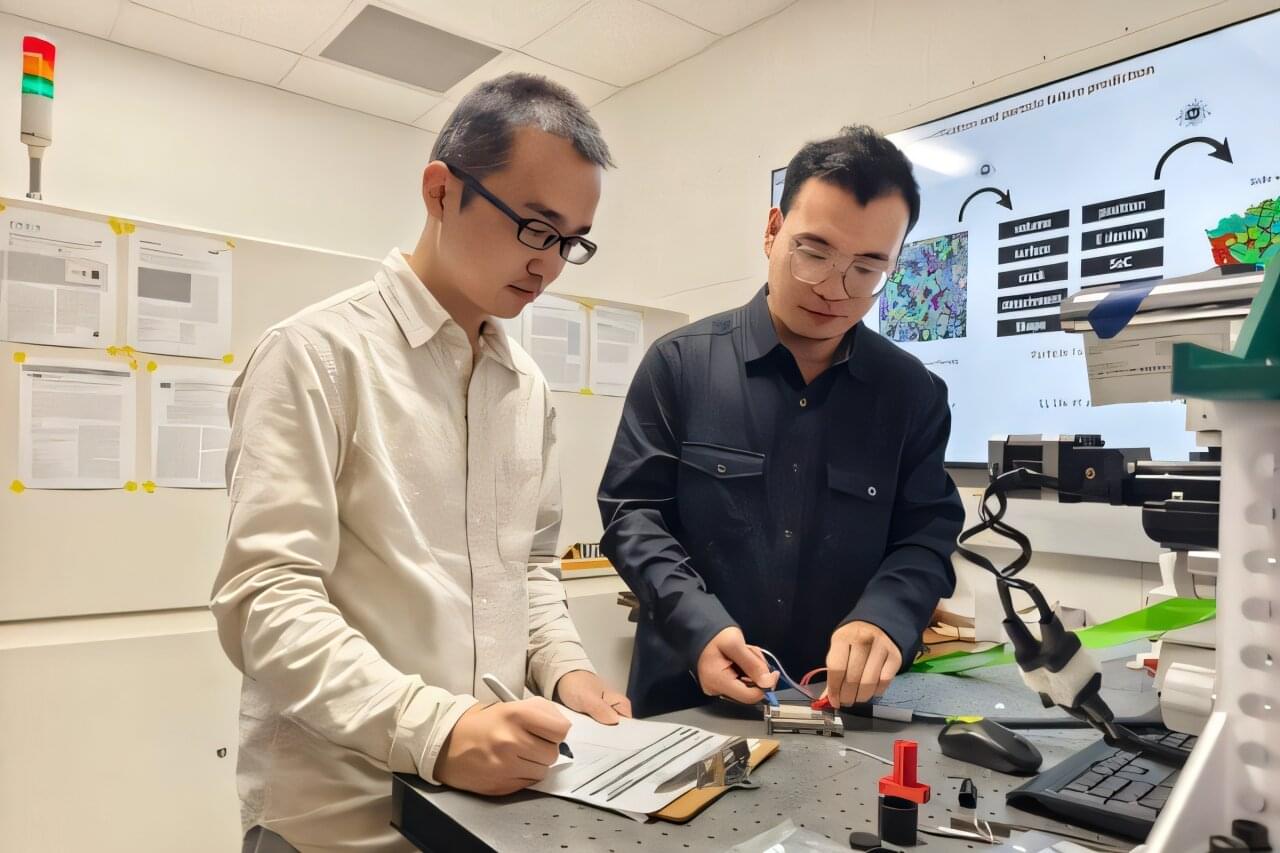A robot revolution, driven by advancements in robotics and AI, is imminent and will drastically transform the economy, labor, and society, leading to a post-labor, post-scarcity system with abundant energy and labor ##
## Questions to inspire discussion.
Investment & National Strategy.
🚀 Q: Why should governments prioritize humanoid robot investment now? A: Governments must treat humanoid robots as a national priority for transforming productivity and defense, with enormous investments justified because there’s no time to lose as both the US and China have already recognized this imperative.
💰 Q: What economic growth rates become possible with early humanoid robot adoption? A: Spinning up the humanoid robot flywheel early enables exponential economic growth rates of 20–100% per year, unlocking unprecedented prosperity and catapulting societies up the curve over the next 15 years.
⚡ Q: Which countries or entities will likely lead the humanoid robot transformation? A: Outsiders rather than incumbents or centers of power will lead the transformation to a new economic paradigm, as history shows leadership typically comes from the edge rather than the status quo.







